Quantum materials and photonics team

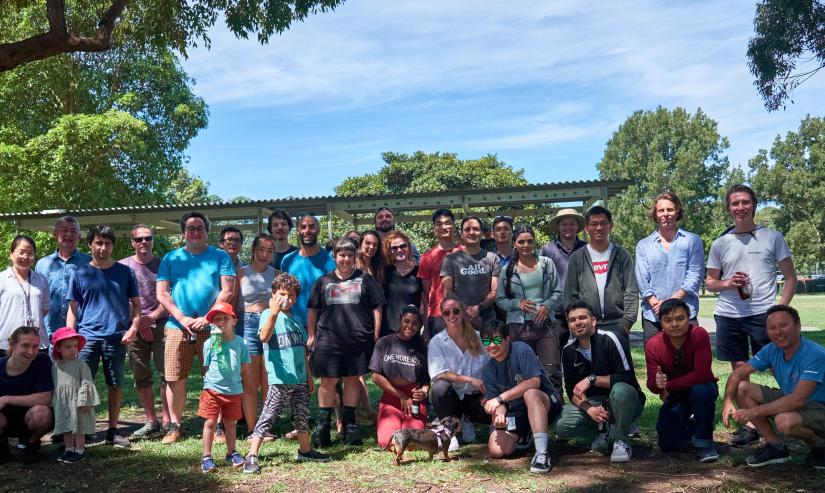
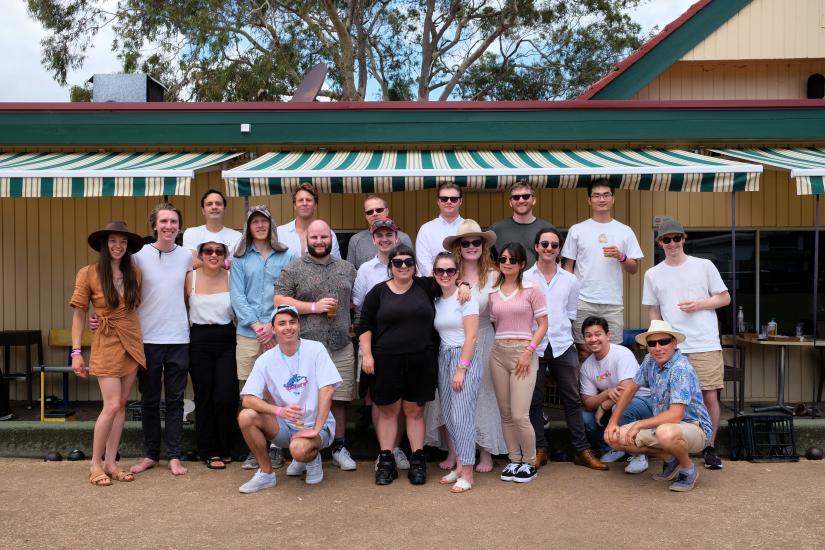
Group leaders
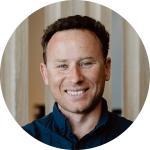
Professor Igor Aharonovich
Igor Aharonovich received his B.Sc (2005) and M.Sc (2007) in Materials Eng from the Technion – Israel Institute of Technology under the supervision of Prof Yeshayahu Lifshitz. He then moved to Australia and pursued his PhD studies at the University of Melbourne under the supervision of Prof Steven Prawer. During his PhD, Igor developed experimental techniques to engineer novel, ultra bright single photon emitters in diamond.
In 2011, Igor took a postdoctoral position at Harvard University at the group of Prof Evelyn Hu. His research was focused on nanofabrication of optical cavities out of diamond, SiC and GaN. He also carried out nanophotonic experiments including coupling of emitters to optical cavities, turning of cavity resonances and low temperature high resolution spectroscopy.
In 2013 Igor has joined the University of Technology Sydney, where he leads the quantum nanophotonics laboratory. His research is focused on exploring single defects in wide bandgap semiconductors for quantum technologies. Specifically, his team was the first to discover single emitters in hexagonal boron nitride and the first to isolate spin defects in this material. In 2018, together with Carlo Bradac, Igor co-founded http://www.writeitupnow.com – a scientific writing company that assists scientists in communicating their scientific results.
Igor received several international awards including the CN Yang Award – honors young researchers with prominent research achievements in physics in the Asia Pacific region (2019), the Pawsey medal from the Australian Academy of Science (2017), David Syme Research Prize (For the best original research in biology, physics, chemistry or geology, produced in Australia during the preceding two years (2017), the IEEE Photonics Young Investigator Award (2016)
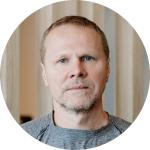
Professor Milos Toth
Milos Toth received a PhD in 2001 from UTS where he worked on the luminescence properties and defect structure of wide bandgap semiconductors. He subsequently worked as a postdoctoral researcher at Cavendish Laboratory, University of Cambridge, and a research scientist at FEI Company laboratories in Boston, Massachusetts and Portland, Oregon (USA). His work in industry was focused on the research and development of charged particle beam nanofabrication and analysis techniques.
Milos returned to UTS in 2011 to take up a Professorial Chair, and to set up a research group working on the development of self-assembly and top-down nanofabrication techniques, and their application to optoelectronic materials. His current work is focused on 2D materials and wide bandgap hosts of singe photon emitters.
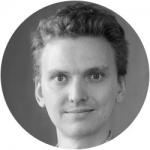
Dr. Alexander Solntsev
Alexander Solntsev is an Optical physicist. He has expertise in quantum technology, nonlinear optics, spectroscopy, imaging and micro/nanophotonics.
He has graduated with a double degree in Physics and Education from the Lomonosov Moscow State University in 2009 and received a PhD from the Australian National University in 2013. He then worked as a Postdoctoral Researcher (2013-2015) and a Research Fellow (2016-2017) at the Australian National University until joining the University of Technology Sydney in 2017.
Post doctoral fellows
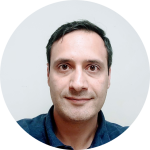
Dr. Mehran Kianinia
Dr. Mehran Kianinia received his B.Sc (2007) and M.Sc (2010) in Materials and Science engineering. He then finished his PhD in physics from UTS in 2018 with focus on nanofabrication and quantum optics under supervision of Dr. Charlene Lobo, Prof Igor Aharonovich and Prof Milos Toth. He conducted unique experiments on quantum emitters in hexagonal boron nitride (hBN) and developed a new fabrication method for quantum sensor array during this time. He is currently a post-doctoral researcher at UTS. His research interest includes quantum optics, quantum emission and spintronics with 2D materials. Beside his research, he is actively mentoring and supervising PhD and honours students.
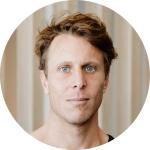
Dr. John Scott
John has a keen interest in the physics of low-dimensional materials. In his PhD he advanced understanding of precursor conversion reactions and the intermediate species involved in symmetry-breaking, nanocrystal synthesis. This was achieved through the design and implementation of experimental apparatus to study these reactions in real time. His work as a postdoctoral researcher is focused on fundamental understanding of charge particle beam interactions with matter and the development of focused ion beam systems.

Dr. Ali Imad
Ali completed his PhD in physics at the University of New South Wales, specialising in porous silicon and metamaterials. His most recent project involves working on a quantum key distribution system.
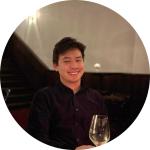
Dr. Minh Nguyen
Dr. Minh Nguyen completed his Ph.D. (2021) in Physics, specialising in quantum nanophotonics in 2021 from the University of Technology Sydney with Prof. Igor Aharonovich. His work encompassed the fundamental studies of various solid-state quantum systems, and understanding how they interact with nanophotonic architecture. He currently holds a post-doctoral research position within the group associated with the Defense Innovation Network (DIN), working on integrating quantum emitters in hexagonal boron nitride (hBN) for applied quantum encryption and communications applications. In addition, Minh has formed a startup called Luminere Systems with fellow colleague, Helen and has had the opportunity to present his work to CSIRO and NASA.
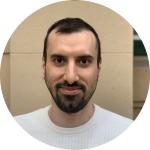
Dr. Hossein Alijani
Hossein Alijani completed his Ph.D. in Chemical Engineering in 2023 at RMIT University under supervision of Prof. Leslie Yeo and Assoc. Prof. Amgad Rezk. His research was focused on synthesis and modulation of 2D materials (MXenes and metal chalcogenides) with high-frequency acoustic waves. He is currently a Postdoctoral Research Associate at UTS School of Mathematical and Physical Sciences.
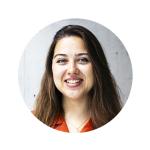
Dr. Anastasia Zalogina
Dr. Anastasiia Zalogina is a Chancellor's Research Fellow at UTS, starting in 2024. She completed her PhD in Physics at the Australian National University (ANU) in 2022, where she specialized in beam shaping and light control. Her work included structuring light to carry orbital angular momentum, modifying phase and polarization, exploring the interaction of structured light with nonlinear processes, and enhancing emission from single-photon sources.
Following her PhD, Dr. Zalogina joined the University of Adelaide as a Postdoctoral Researcher from 2022 to 2024. During this time, her research focused on developing sensing devices based on the orbital angular momentum of light for refractive index detection in surrounding media. She also worked on experimental setups for studying orbital angular momentum, such as combining a Mach-Zehnder interferometer with a microfluidic system and speckle.
Her current research interests include the design, development, and fabrication of semiconductor and 2D materials with single emitters. Dr. Zalogina's work is centered on integrated photonic circuits and quantum applications, with a particular expertise in resonators for enhanced emission, waveguides, and meta surfaces.
Research Associates

Milad Nonahal
Milad is a graduate of University of Tehran where he majored in Polymer Chemistry in 2015. He has recently completed his PhD program in physics under the supervision of Professor Igor Aharonovich. His research centers in quantum nanophotonics and he is studying how a two-level system behave inside an optical cavity.
PhD students
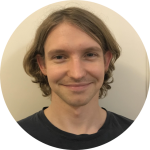
Angus Gale
Angus Gale completed his B.Sc (Hons) at UTS in 2019 and is a current PhD candidate under the supervision of Prof. Milos Toth. His research is focused on the creation and modification of quantum emitters in hexagonal boron nitride (hBN) and diamond using charged particle microscopy techniques.
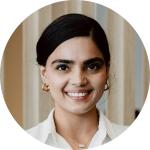
Ritika Ritika
Ritika is a PhD candidate at UTS. She joined the group in 2018 as an intern under the supervision of Prof. Igor Aharonovich. Her honours research work was based on growth and characterisation of hBN on different materials to obtain stable single photon emitter (SPE) incorporation in hBN. She is currently working on CVD hBN growth incorporating SPEs to obtain high stability and brightness.
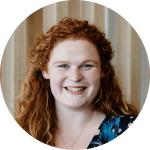
Lesley Spencer
Lesley completed her BSc(Honours) in 2021. In 2022 she began her PhD candidature under the supervision of professors Milos Toth and Igor Aharanovich. Her work focuses on fabrication of nanophotonic devices with hexagonal boron nitride for the study of single photon emitters in the material.
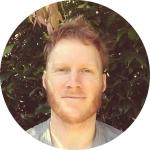
Jake Horder
Jake has pivoted from a career as a structural design engineer (USYD, 2012) to engage with the development of new scientific and commercial technologies built from quantum systems. He is the inaugural graduate (2021) of the Master of Science in Quantum Technology degree at the Australian National University, which he completed with highest honours. Jake joined the UTS group in early 2022 under the competitive RTP scholarship. His PhD work focuses on cryogenic spectroscopy of single photon emitters in hBN, with the dual aim to develop prototype commercialisable quantum devices and to illuminate long standing questions around the ontology of quantum states.

Helen Zeng
Helen completed a degree in forensic science and applied chemistry with a honours focusing on inorganic chemistry at UTS, she has always had a passion for Physics so when the opportunity arose at the pub she decided to join the group in 2021. Helen has been on a project with the Defence Innovation Network, focusing on room temperature integrated enhancement of hBN single photon emitters for quantum key distribution and other quantum applications. Since joining the group Helen has formed a startup called Luminere Systems with fellow postdoc Dr. Minh Nguyen (http://www.lumineresystems.com) and has had the opportunity to present her work to big wigs at CSIRO and NASA. In her spare time she enjoys doing Brazillian Jiu-Jitsu and being a beach bum.
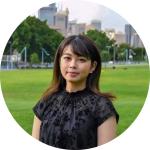
Karin Yamamura
Karin is a PhD candidate at UTS under the supervision of Prof. Igor Aharanovic. She completed her Bachelor of Science in Nanotechnology (Honours) at UTS in 2021.
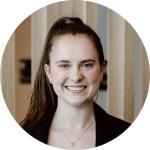
Madeline Hennessey
Madeline is a PhD student under the supervision of Dr John Scott. She completed her major in Nanotechnology in 2021. This year she will be undertaking research in the simulation, fabrication and enhancement of VB- defect emission in hBN nanostructures.
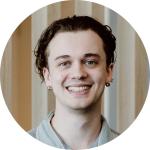
Benjamin Whitefield
Ben Whitefield completed his B.Sc (Hons) at UTS in 2022. His research focuses on the spin active boron vacancy (VB-) in hexagonal boron nitride (hBN) and its uses in quantum sensing through the implementation of optically detected magnetic resonance (ODMR).

Dominic Scognamiglio
Dominic is a PhD student working with Scanning Electron Microscopes and nanophotonics. His work utilizes a custom built scanning confocal microscope in conjunction with a scanning electron microscope to obtain in-situ photoluminescence of samples under electron beam irradiation.
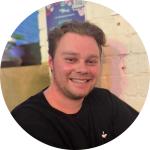
Evan Williams
Evan is currently undertaking a Master of Science (Research) after completing an internship with the group as part of his BSc (Applied Physics). His research focuses on the properties of CVD-grown HBN films.

